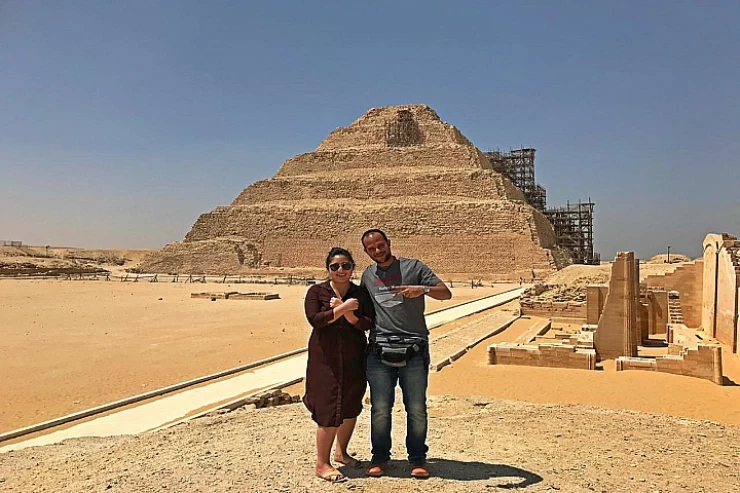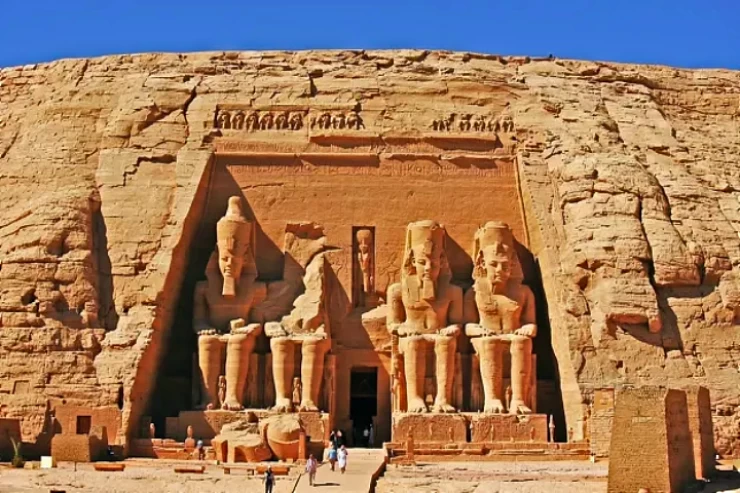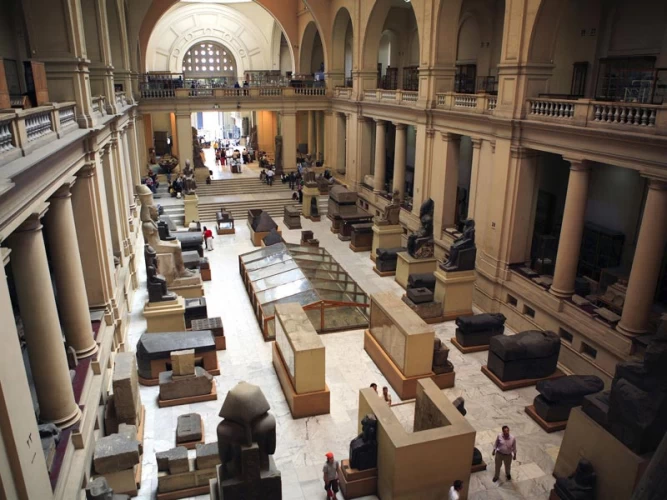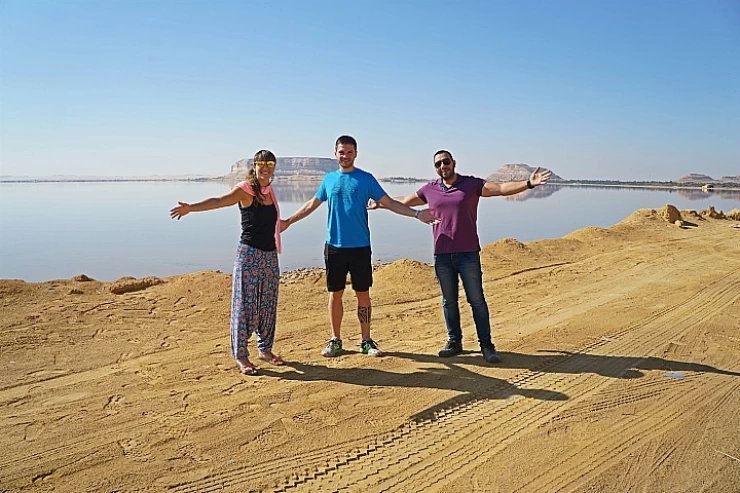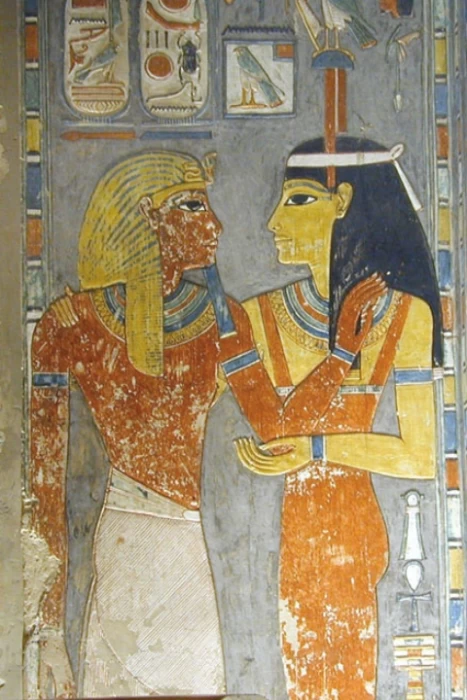
Deusa Comuneta
monet, "o Escondido", é uma deusa protectora e primordial do oculto na mitologia egípcia; ela personifica o vento norte, aquele que traz vida. Ela é chamada na história de "o Escondido", ou
"a mãe que é pai".
Nome egípcio: Amenet. Nome helenizado: Amonet
Foi representada como uma mulher serpente, ou cabeça de cobra, usando a coroa vermelha do Baixo Egipto em Tebas, e com o disfarce de uma mulher de cabeça de sapo em Hermopolis. Também como uma vaca.
Mitologia de Amonet
Ela é a divindade tutelar do faraó que está "presente" na cerimónia de acesso ao trono, por vezes acompanhada por Min. Amonet, na cosmogonia de Thoth, é a companheira de Amon, mas perdeu importância em favor de Mut, que será considerada a esposa do deus Amon, à medida que o culto ao deus Osíris crescia. Mais tarde, a deusa Ísis adoptará todas as suas qualidades. No Período Baixo, Amon e Ammonet farão parte do Ogdoad Hermopolita.
Esta deusa era de certa forma o equivalente feminino do deus Amon. Ela formou, com ele, um dos quatro casais primordiais do Ogdoad de Hermopolis. Por outras palavras, ela desempenhou um papel importante na criação e foi considerada uma das "mães dos deuses".
Deve saber-se que a teologia de Hermopolis, que apresentou os quatro pares dos Ogdoads (incluindo Amon e Amonet) como divindades primordiais na origem de tudo, existia muito antes da famosa tríade Theban do Novo Reino (entre as dinastias XVIII e XX), que incluía Amon, Amon, e Amon Khonsu. Contudo, foi apenas no período tardio (entre a 25ª e 31ª dinastias) que a tradição Hermopolis recuperou grande importância e restaurou Amonet ao seu grau de divindade primordial.
Culto da Deusa
O seu culto subiu durante o Império Médio e foi consolidado no Novo Império. Foi venerada em Hermopolis, também em Karnak, ao lado de Amon e Mut, e no templo de Luxor sob a forma de Opet; em Deir el-Hagar como um casal de Amon. Ela teve sacerdotes para o seu culto específico já na XVIII Dinastia, os profetas de Amonet
o velho Egipto tem muitos segredos e tantos deuses e deusas, pode viajar para o Egipto e saber mais sobre a era faraónica, fazer Day Tour ao Museu Egípcio e Safari Tour pelas Pirâmides
Visite o Egito e aproveite uma grande aventura rica em conhecimentos sobre os faraós e suas crenças religiosas durante os passeios de Natal no Egito com sua família e amigos.
Amunet, "the Hidden One", is a protective and primordial goddess of the occult in Egyptian mythology; she personifies the north wind, the one who brings life. She is called in history "the Hidden One", or
"The mother who is father". Egyptian name: Amenet. Hellenized name: Amonet
She was represented as a serpent, or snake-headed woman, wearing the Red crown of Lower Egypt at Thebes, and in the guise of a frog-headed woman at Hermopolis. Also, as a cow.
She is the tutelary deity of the pharaoh who is "present" in the ceremony of access to the throne, sometimes accompanied by Min. Amonet, in the cosmogony of Thoth, is the partner of Amon, but she lost importance in favor of Mut, who will be considered the wife of the god Amon, as the cult of the god Osiris grew. Later the goddess Isis will adopt all her qualities. In the Low Period, Amon and Ammonet will be part of the Hermopolitan Ogdoad.
This goddess was in a certain way the feminine equivalent of the god Amon. She formed, with him, one of the four primordial couples of the Ogdoad of Hermopolis. In other words, she played an important role in the creation and was considered one of the "mothers of the gods".
It should be known that the theology of Hermopolis, which presented the four pairs of the Ogdoads (including Amon and Amonet) as primordial divinities at the origin of everything, existed long before the famous Theban triad of the New Kingdom (between the XVIII and XX dynasties), which included Amon, Amon, and Amon Khonsu. However, it was only in the late period (between the 25th and 31st dynasties) that the Hermopolis tradition regained great importance and restored Amonet to his rank of primordial divinity.
Her cult rose during the Middle Empire and was consolidated in the New Empire. She was venerated in Hermopolis, also in Karnak, next to Amon and Mut, and in the temple of Luxor under the form of Opet; in Deir el-Hagar as a couple of Amon. She had priests for her specific cult already in the XVIII Dynasty, the prophets of Ammonet
Old Egypt has many secrets and so many gods and goddess, you can travel to Egypt and know more about the pharaonic era, take Day Tour to the Egyptian Museum and Safari tour around the Pyramids
Amun, Mut, or Amunet, is the wife of the god Amun or Amun-Ra, and was known as the cow of heaven, which is the feminine form of the word Amun. Their son was the god Khonsu, the moon god of the ancient Egyptians. The father, son, and wife formed the holy trinity of the city of Thebes. Mut, or Mut, means "mother," and she was the mother of the gods in ancient Egypt. Her pronunciation and name changed over the thousands of years in several cultures and civilizations. She was often depicted as an Egyptian eagle, which is a white vulture.







